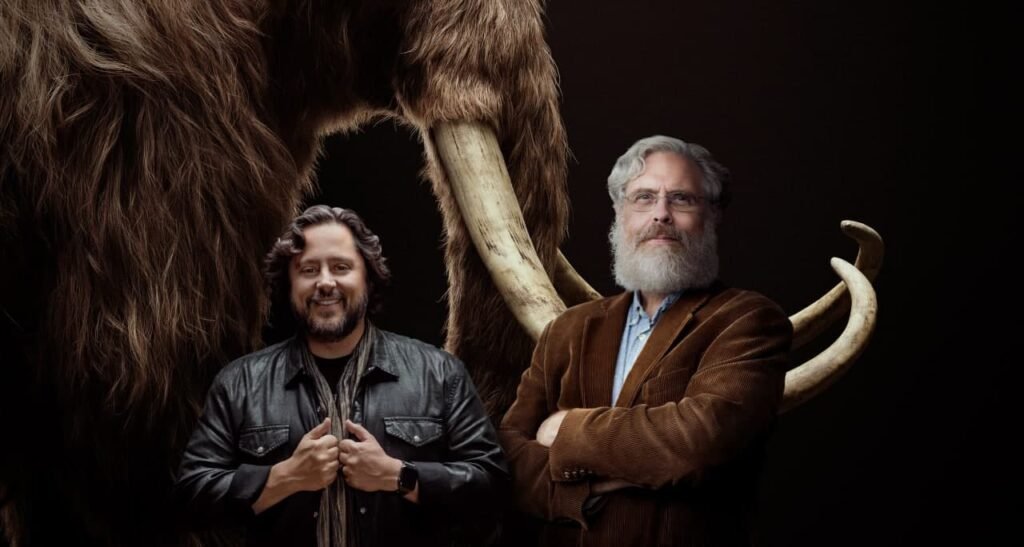A new startup genetic company Colossal is planning to resurrect the extinct Woolly Mammoth and introduce these species back to the Arctic tundra. Along with rvival of these extinct species it also aims to bring back the long-lost ecosystem, which will be responsible for fighting climate change.
The term “de-extinction” or genetic engineering, which earlier resides in science fiction (Jurassic Park), has now shifted to technical possibility. The animals which are most recently extinct could be revived through their tissue sampling (dinosaurs are currently off the table due to a lack of surviving DNA).
Colossal, founded by tech entrepreneur Ben Lamm and geneticist George Church to develop a method to revive the woolly mammoth using CRISPR gene-editing technology. The company launched seed funding worth $15 million, which will be employed to adherent research in Church’s lab in Harvard Medical Lab.
“Never before has humanity been able to harness the power of this technology to rebuild ecosystems, heal our Earth and preserve its future through the repopulation of extinct animals,” said Ben Lamm in a statement.
“In addition to bringing back ancient extinct species like the woolly mammoth, we will be able to leverage our technologies to help preserve critically endangered species that are on the verge of extinction and restore animals where humankind had a hand in their demise,” he added
As per Colossal’s website, the species will not be pure mammoths, but the scientists will be creating a “hybrid elephant-mammoth species.” Since mammoths and Asian elephants share up to 99.6 % of their genes, Asian elephants will be considered as the base genomes.
he remaining 0.4 % would use CRISPR technology to carry mammoth traits to sustain in such freezing temperatures. Those traits would be two layers of thick fur for insulation purposes, large fat stores, and smaller ears to minimize heat loss.
The team is not just planning to resurrect the animal but recreate the environment they lived in. The campo of the mammoths was an ice age biome characterized by grasslands and inhabited by a diverse population: bison, horses, reindeers, and musk ox. The mammoths used to clear large land for fast-growing grass.

The team assures that recreating this environment with grasslands and snow would help fight climate change by capturing the large amounts of greenhouse gases and decreasing the pace of melting of the permafrost.
Pleistocene Park, a Siberian organization, had the same goal and had stepped forward to create this mammoth steppe. The park is home to various species requiring the same environment: horses, bison, reindeer, musk oxen, yaks, sheep, moose, wisents, and bears.
Sergey and Nikita Zimov, the directors of Pleistocene Park, had previously claimed to provide a house to the mammoths revived by the Church team. But there is no mention of this on the Colossal website, indicating a problem.
A few years ago, the University of California, Santa Barbara (UCSB) published a paper describing the benefits, risks, and responsibility of reviving extinct species. The researchers warned against creating species that no longer have any ecological function in the present world. The world has adapted to the extinction of Mammoths for up to four thousand years now. To revive them will, of course, require a large swathe of land to matter.
This recreation of a woolly mammoth would surely be a milestone for science.
